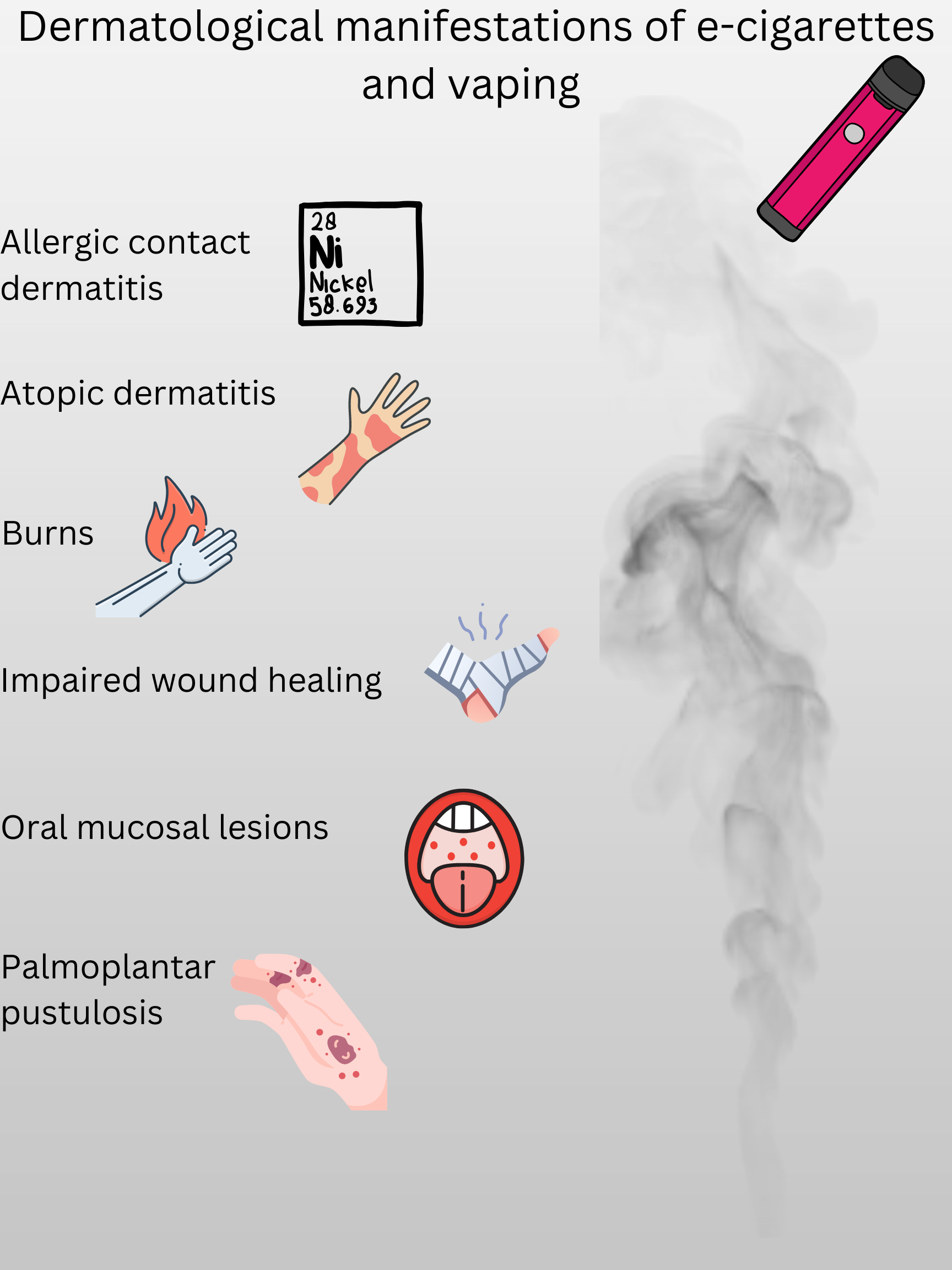Allergic reactions to electronic cigarettes (e-cigarettes) involve an immune-mediated hypersensitivity response to components in the vapor or device. Symptoms can range from mild irritation to severe systemic reactions.
Symptoms and Mechanism
Common symptoms typically appear after inhalation or skin contact and include:

- Respiratory: Coughing, wheezing, shortness of breath, throat irritation.
- Dermatological: Hives, eczema flare-ups, redness, itching at contact sites.
- Systemic: Anaphylaxis (rare), involving swelling, dizziness, and hypotension.
These reactions result from type I (IgE-mediated) or type IV (delayed cell-mediated) hypersensitivity. Irritant responses (non-immune) are also frequent and can mimic allergies.
Common Allergens and Irritants
E-liquid constituents and device materials are primary triggers:
- Propylene Glycol (PG): A frequent irritant and allergen causing respiratory and skin symptoms.
- Flavoring Additives: Compounds like diacetyl, cinnamaldehyde, or botanical extracts can provoke immune responses.
- Vegetable Glycerin (VG): Rarely allergenic but may carry contaminants.
- Nickel (in coils/heating elements): Common cause of contact dermatitis.
Diagnosis and Management
Diagnosis requires clinical assessment and may involve:
- Patch/prick testing for specific allergens.
- Elimination trials: Ceasing e-cigarette use to observe symptom resolution.
Management strategies:
- Immediate discontinuation of e-cigarette use.
- Topical corticosteroids or oral antihistamines for mild dermatological reactions.
- Bronchodilators or inhaled corticosteroids for respiratory symptoms.
- Epinephrine auto-injector for history of anaphylaxis.
Complete abstinence from vaping is the most effective prevention. Consultation with an allergist is recommended for confirmed or suspected cases.









